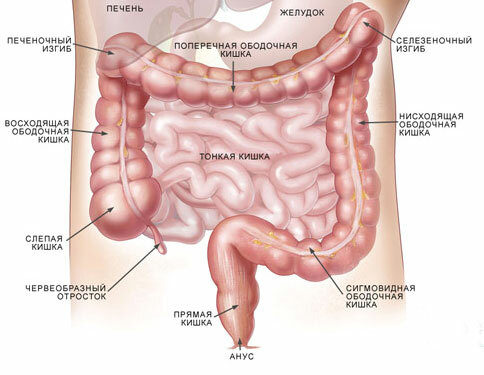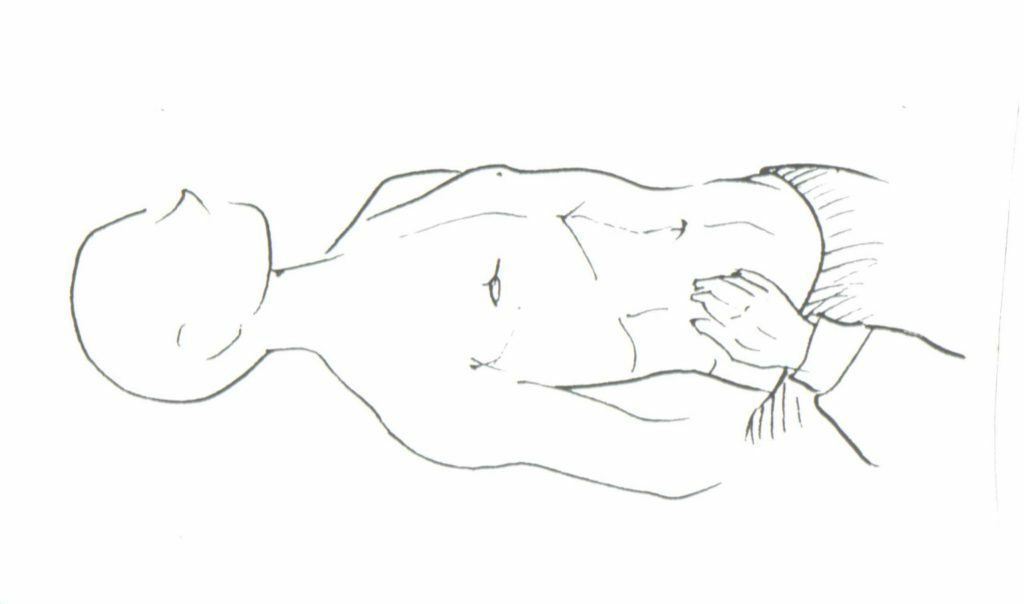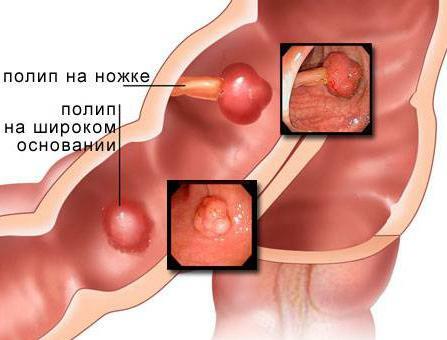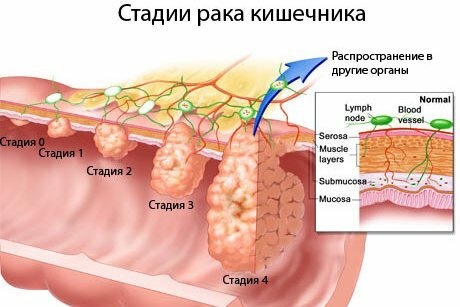Treatment and folk remedies for inflammation of the cecum
Symptoms of inflammation of the caecum begin very similar to the signs of appendicitis, therefore it is necessary to immediately differentiate the two diseases.
Inflammation of the caecum, or tiflitis, can lead to more serious diseases, such as paratiflit( inflammation of surrounding tissues) or mesadenitis( inflammation of the lymph nodes of the mesentery of the intestine), the treatment of which implies surgical intervention.
If the first symptoms of inflammation are observed, then you need to consult a doctor who will determine the stage of the disease, the reasons for its appearance and prescribe the right treatment.
Tiflitis, Causes and Symptoms
Contents:
- Tiflitis, Causes and Symptoms
- Diagnosis and Treatment
The cecum is the initial part of the large intestine next to the appendix. That is why inexperienced doctors often confuse inflammation of the cecum and inflammation of the appendix.
The stomach is digested in the stomach, so any irritation of the mucous membrane reacts to it with bouts of pain. Inflammation can begin because of many factors.
The main causes of the occurrence of tiflitis:
- a variety of infectious diseases( the infection affects the mucous membrane of the cecum);
- improper nutrition( harmful substances in foods lead to irritation and further inflammation of the mucosa);
- dysbacteriosis( due to lack of useful bacteria, food is poorly processed, which leads to its rotting in the caecum);
- food allergy( with allergic reaction of the body to certain substances there is irritation of the intestine, especially with lactase deficiency);
- blood poisoning( harmful bacteria in the blood enter the mucous membrane of the cecum and destroy it);
- inflammation of the appendix( in the absence of treatment of appendicitis, the adjacent cecum is affected).
Tiflitis has a chronic and acute stage, much more common acute. It is her symptoms that are so often confused with signs of appendicitis.

In the acute form of inflammation of the caecum the following symptoms are distinguished:
- severe pains on the right side of the abdomen;
- when palpating, a doctor can probe the cecum as it increases;
- bloating both on the right side and in general because of the impassable gases;
- nausea, which is extremely rare in vomiting;
- constipation or diarrhea( in some cases, these symptoms may be present alternately);
- headache, weakness, intoxication of the body, less often blood in the stool( these symptoms are observed if the causes of inflammation of the caecum are infectious in nature).
In the chronic stage of the disease, these symptoms are not so pronounced. Painful sensations start to bother the person basically after physical exertion, eventually pass.
During periods of remission, the patient generally does not feel any signs of the disease. Unlike appendicitis, with acute inflammation of the cecum, symptoms appear after some time after eating, usually after a few hours.
This must be reported to the doctor, so as not to confuse the two diseases.
After all, the inflammation of the appendix is treated only surgically, and with inflammation of the cecum the treatment is usually medicated.
Symptoms of tiflitis are similar to those of renal colic or certain gynecological diseases.
Therefore, the doctor first and foremost, it is necessary to conduct the correct diagnosis of the disease, take the necessary tests, localize the exact location of the inflammatory process and begin treatment.
Diagnostics and treatment
First of all, it is necessary to carry out the diagnosis of the disease in order to find out precisely the location of the inflammatory process.
For this, a coprological examination( feces analysis) and irrigoscopy( cecal x-ray) are carried out.
In case of inflammation of the caecum in stool, a lot of fiber, muscle fibers and starch are often found, while the fat content is minimal.
This allows you to accurately diagnose tiflitis. If the doctor remains in doubt, then an X-ray examination using a contrast agent( most often barium sulfate).
Video:
Irrigoscopy allows you to clearly locate the inflammatory process, to see erosion or ulcers on the mucous membrane of the cecum.
If the inflammatory process is not in the advanced stage, then drug treatment is used.
The patient is prescribed broad-spectrum antibiotics, a strict diet, shows bed rest and lack of physical activity.
If tiflitis is caused by infectious diseases, the treatment includes taking antibacterial drugs.
It is possible to carry out infusion therapy, which involves the introduction of various solutions into the patient's blood.
This is aimed at neutralizing the inflammatory process and reducing the effects of intoxication of the body. It is possible to perform intestinal massage and physiotherapy.
Since the treatment with antibiotics and antibacterial drugs often disrupts the intestinal microflora, the patient is given the intake of probiotics - drugs designed to restore beneficial bacteria.
The most popular and effective are Lineks, Enterol, Probifor, Florin Forte.
Proper nutrition also plays an important role in the recovery of the body.

First of all, it is necessary to exclude from the diet heavy foods for the stomach( for example, grapes and bananas), long digestible food, as well as foods and drinks that cause enhanced gas formation( beans, black bread, carbonated drinks).
It is desirable to eat food in grated condition, its temperature should be at room temperature. Useful for the intestinal microflora is the consumption of kefir.
If there is a neglected stage of the inflammatory process or there are complications, then surgical intervention is used: the patient is removed the affected area of the caecum.
The rehabilitation period lasts about a month, at this time the patient is prescribed a bed rest, taking medication and lack of physical exertion.
When inflammation of the cecum is allowed the use of funds from traditional medicine, but independent treatment is not recommended in any case.
All natural remedies should be used only after consultation with the doctor.
With honeycomb problems, honey and propolis, chamomile infusions, sage, centaury, St. John's wort( from ancient times it is considered the best natural anti-inflammatory agent), mint are good.
Inflammatory process in the caecum can occur for a variety of reasons.

In case of symptoms of acute or chronic stage of the disease, you should immediately contact a doctor, rather than self-treatment.
Symptoms of inflammation in the caecum are very similar to those of appendicitis, and sometimes these two diseases occur simultaneously.
It is mandatory to perform diagnostics to determine the exact location of the inflammatory process, correct treatment with antibiotics and other medicines, sometimes surgical removal of the affected area of the caecum is necessary.


